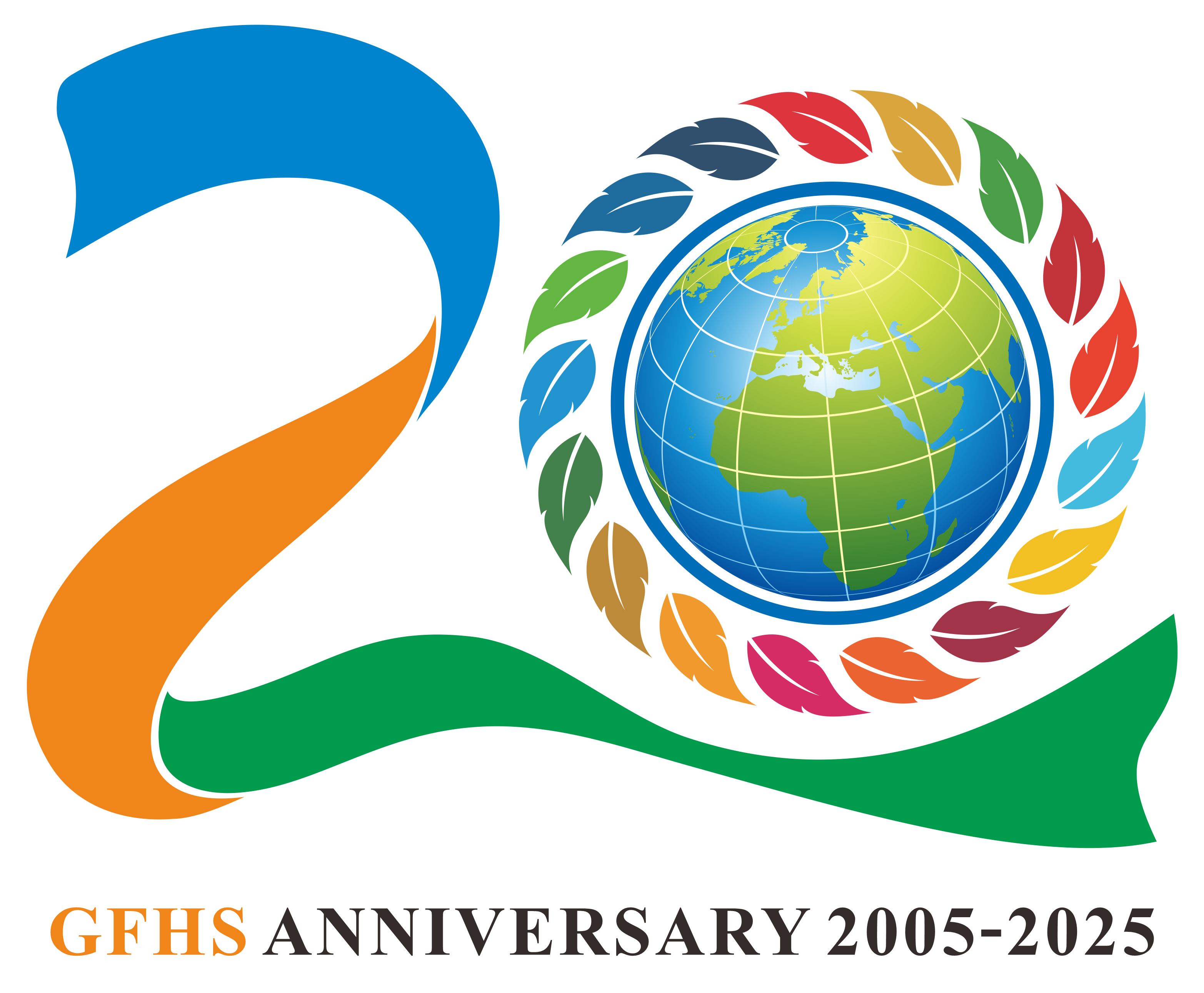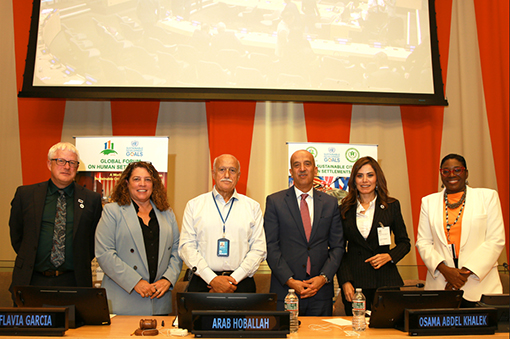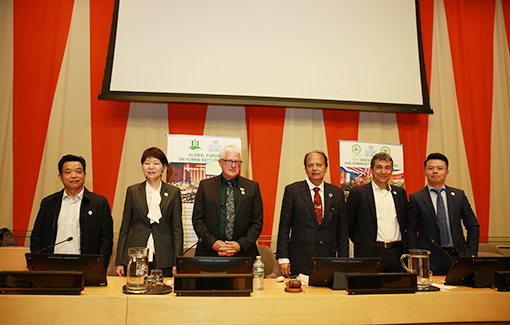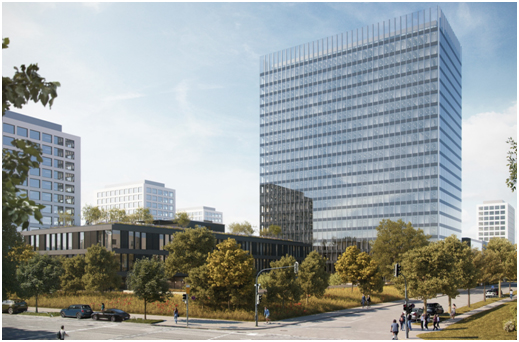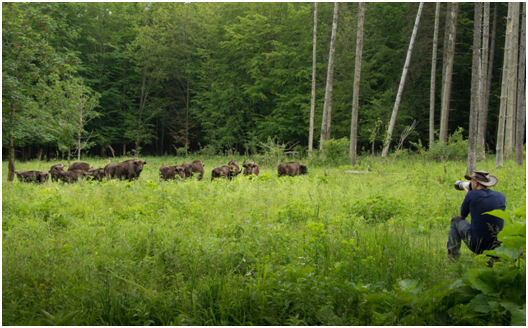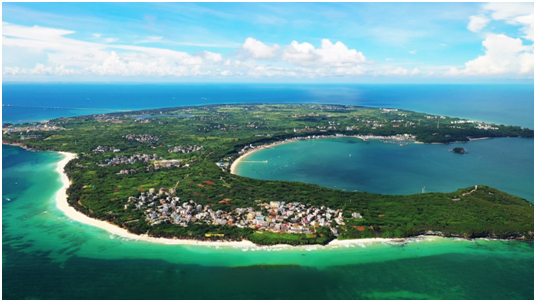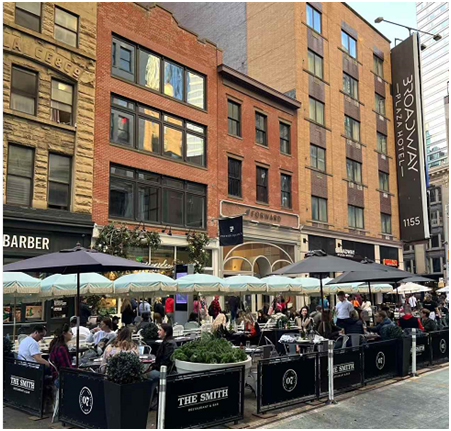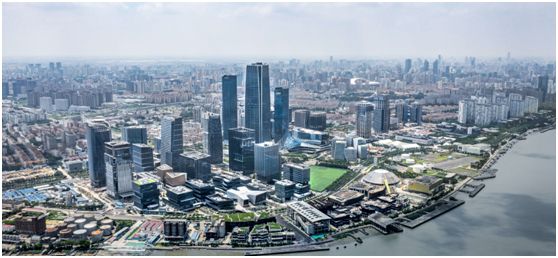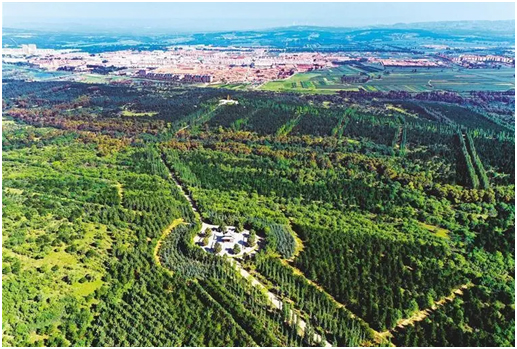Global Innovation Award for Sustainable Development
7. Gravitational Vortex Water Turbine, Belgium
Turbulent was born from a vision to harness the untapped potential of rivers and canals for clean energy generation. Inspired by gravitational vortexes, the founders sought to develop a scalable water turbine solution capable of powering remote communities worldwide. Turbulent’s technology addresses the critical need for sustainable and affordable electricity in off-grid regions with minimal environmental impact.
Guided by the vision of decentralized and interconnected devices inspired by nature’s networks, Turbulent strives to create impactful, localized energy solutions, empowering communities and fostering sustainable development. By 2028, Turbulent aims to reach an installed capacity of 10 MW, thereby preventing 200,000 tons of CO2 emissions, building on their current achievement of 1.8 MW.
8. Technology for the Production of Polylactic Acid (PLA) and co-production of Fulvic Acid from Lignocellulosic Bio-waste, China
Fengyuan Group uses cellulosic saccharides instead of grain-based starch saccharides as raw materials for producing biomaterials and biofuels. It can substitute petrochemical materials to produce biodegradable bio-based plastics, and the co-produced fulvic acid can be used as a fertilizer to improve soil and promote crop growth.
As a global first, this technology is economically viable and ready for industrial-scale application. A demonstration plant with an annual production capacity of 15,000 tons of straw-based saccharides and co-produced fulvic acid has already been put into operation in Bengbu city, Anhui Province. It offers solutions for tackling plastic pollution, addressing climate change, and ensuring food and energy security. This represents an innovative breakthrough of sustainable bioeconomy and circular economy, with promising prospects.
Global Model of Smart Green Building
9. China Overseas Building
Located in Shenzhen city, the building was completed in Nov. 2023, with a total construction area of 61,186 square meters and a plot ratio of 10.64. The project has achieved a nearly zero energy consumption target, with advanced passive design, efficient energy systems, and renewable energy integration. It shows excellent incorporation of smart building technologies, including a sophisticated smart carbon management platform and AI-driven energy optimization systems. The building leverages renewable energy through photovoltaic installations and employs heat recovery systems to further reduce energy consumption.
The building design integrates multi-level three-dimensional greening, including roof gardens and balconies, contributing to urban cooling and enhancing the microclimate. Effective water management strategies, including rainwater harvesting, drip irrigation, and non-traditional water sources, are implemented to maximize water efficiency. In addition, it incorporates significant social and cultural considerations, including public accessibility, green spaces, and multi-functional spaces that enhance community engagement and social inclusivity.
Global Model of Smart Green Community
10. West Bund Media Port and West Bund AI Valley, Shanghai, China
The west bund is located in the riverside of Shanghai, China, and aims to be an international green, vibrant community in waterfront area. It features AI, Art, and media industry, integrating low-carbon technologies like green buildings, 2 levels walking platforms, resilient city, etc. The project demonstrates a strong commitment to sustainable spatial planning and development. It has incorporated green and public spaces effectively, ensuring that public open spaces are accessible and serve the community's needs, with a specific focus on inclusivity and universal access. Smart technologies were extensively integrated, including smart energy management, smart transportation systems, and a comprehensive smart operation platform.
The project has successfully integrated historical and cultural elements into the urban renewal process, preserving and revitalizing old industrial buildings and spaces. The transformation of the Longhua Airport runway into a Sponge Park is a noteworthy example, highlighting the project's dedication to both heritage and environmental sustainability. The project emphasizes environmental sustainability and resilience through various measures, including the development of a continuous riverside greenway, application of sponge city principles, and extensive use of native plant species.

